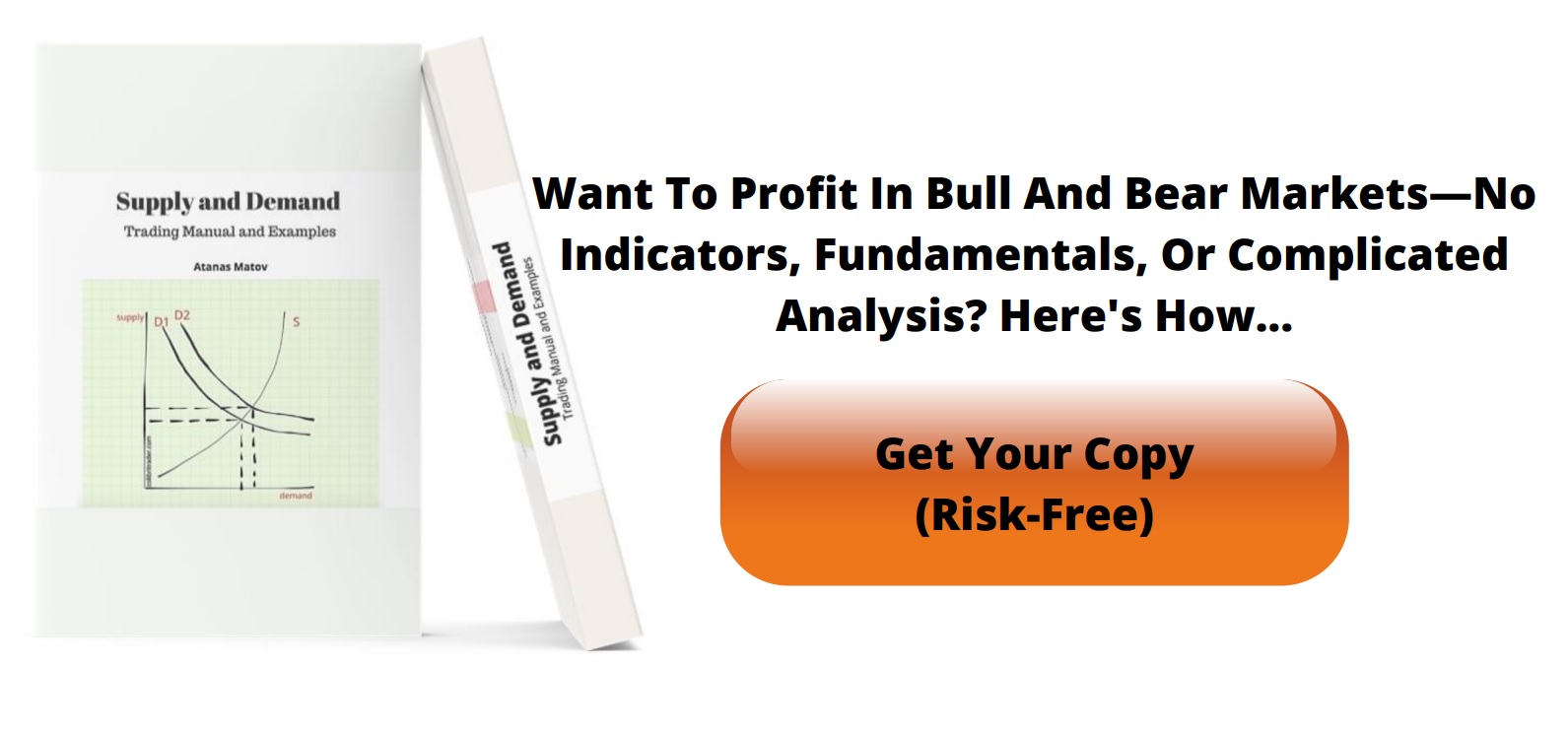On Predicting the Unpredictable
Doubt all before you believe anything!
Sir Francis Bacon
Is the public wrong all the time? The answer is decidedly, “No”. The public is perhaps right more of the time than not. In stock market/FOREX parlance, the public is right during the trends but wrong at both ends. Insofar as I am aware, there is no known method of timing events or trends. Therefore, when we adopt a contrary opinion, as a guide, we must recognize that we may be too far ahead of the crowd. This is because economic trends are very slow in turning, or reversing…
Why do we have to try anticipating events or predicting certain movements in the market, when we can just take what the market has to offer?Why we should follow the majority, who are trying to predict the turning points or to make “intelligent” choices, when trading must be simplified as much as possible.A common paraphrase of Ockham’s principle, originally written in Latin is “All things being equal, the simplest solution tends to be the best one”. This principle of simplicity in scientific models and theories is commonly called Ockham’s razor. It is popularly attributed to 1400s English friar and philosopher William of Ockham. The razor alludes to the shaving away of unneeded detail. The same principle should be applied to trading and if one wants to incorporate success in the trading game, one must stick to simplicity. A common fallacy is the idea that the majority sets the pattern and the trends of social, economic, and religious life. History reveals quite the opposite: the majority copies, or imitates the minority and this establishes the long-run developments and socio-economic evolutions. As Prof. William Stanley Jevons wrote: “In making investments, it is foolish to do just what other people are doing, because there are almost sure to be too many people doing the same thing.
From what has been said above, one conclusion comes to mind immediately: simplicity combined with the ability to stay away from predicting turning points can be the starting point of successful trading. I have found this simplicity in using candlesticks on bigger time-frames that eliminate much of the noise. The color of the candlestick’s real body and the length of the candle line’s real body and shadows convey a snapshot of who’s winning the battle between the bulls and the bears. One of the most important benefits of using candles is that they give instant pictures of how traders and investors feel about a certain stock or market. A long protracted real body translates into very strong opinion, either bullish or bearish. Conversely, a short real body means that market participants have no strong opinion. An American market adage contends, “The amateurs open the market, and the professionals close it.” Although it is an overstatement to assume the market’s open is populated strictly by novices , it is true that the close of the day usually produces heavy emotional involvement. During the last hour, many market players adjust their positions. This is the time when traders, investors, and institutional managers decide whether or not to hold positions overnight. Margin calls on the futures markets are calculated by their price at the close. No wonder the last hour can produce volatile price swings fueled by strong emotions and heightened volume. Since both the opening and closing hours can be turbulent, if traders choose to take part, they should remember to use caution and discipline.
In conclusion, we might say that when studying the fundamental characteristics of a crowd, we do find that it is guided almost exclusively by unconscious motives. Its acts are far more under the influence of the spinal cord than of the brain. In this respect a crowd is closely akin to quite primitive beings. The acts performed may be perfect so far as their execution is concerned, but as they are not directed by the brain, the individual conducts himself according as the exciting causes to which he is submitted may happen to decide. A crowd is at the mercy of all external causes, and reflects their incessant variations. It is the slave of the impulses which it receives.






Hi Colibri,
I wish I had found you earlier back on the day you wrote this article.
It’s August 11th 2017 in my timezone now.
-Harry
It is better later than never, isn’t it?
Glad to hear that my friend:)